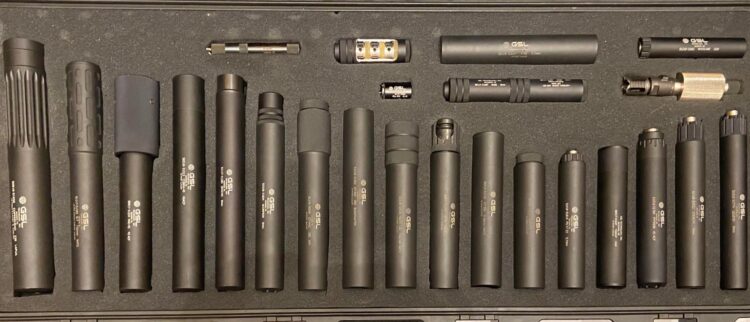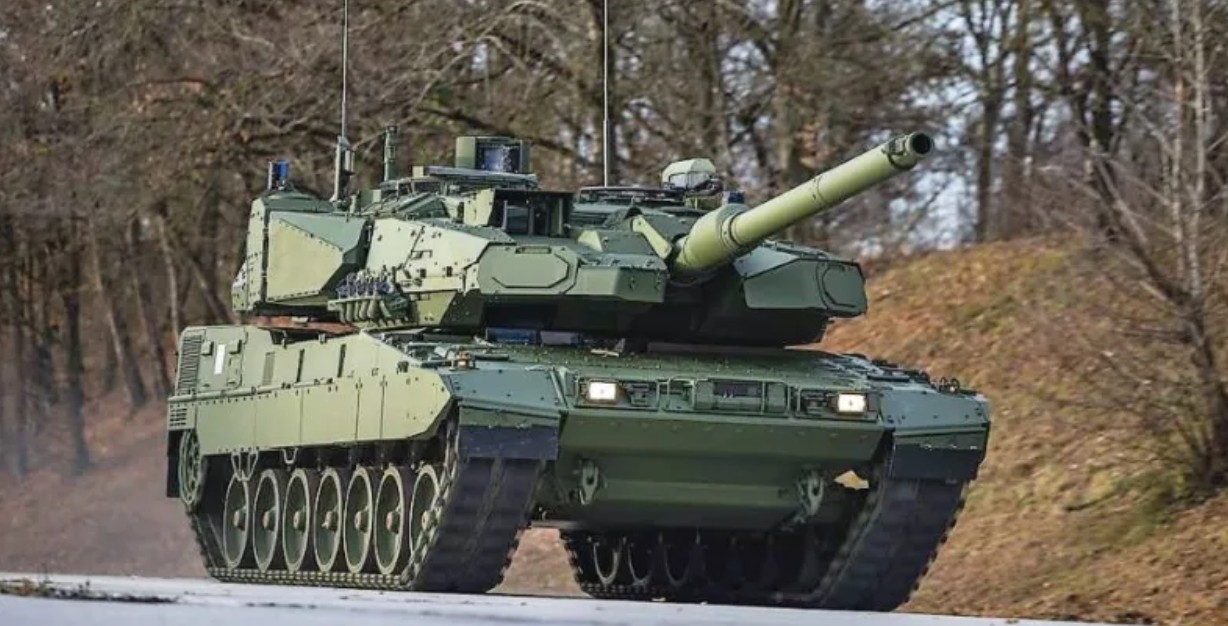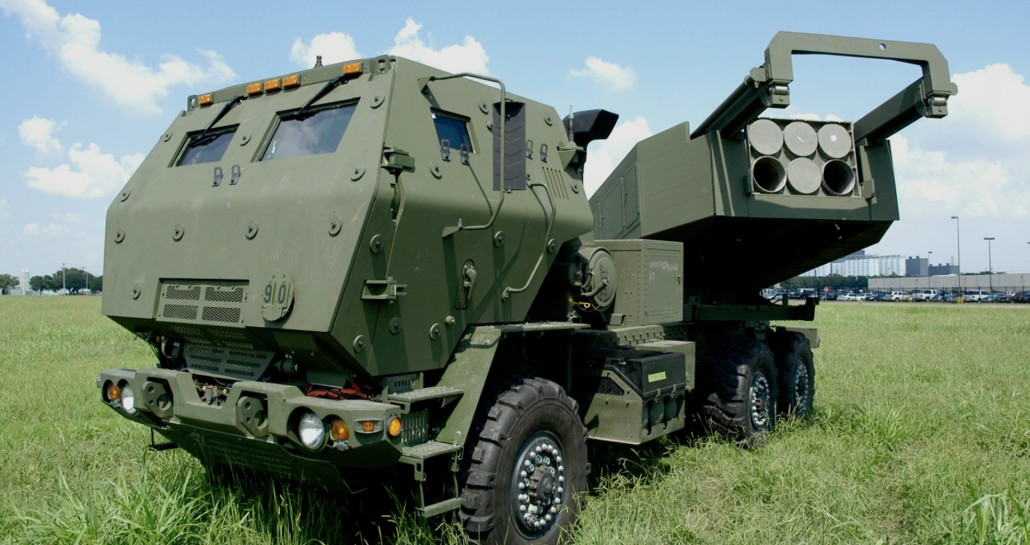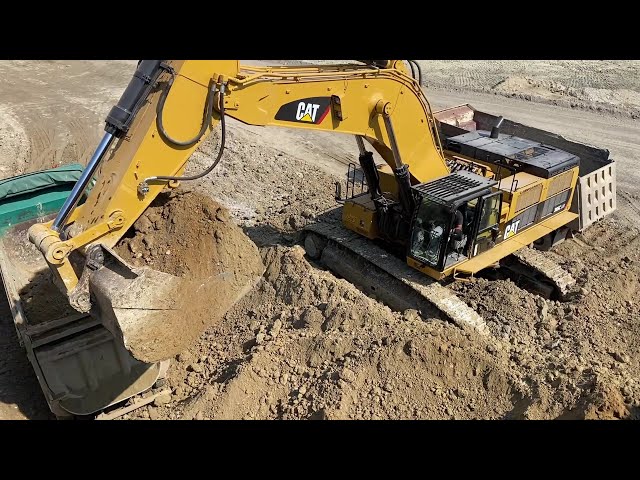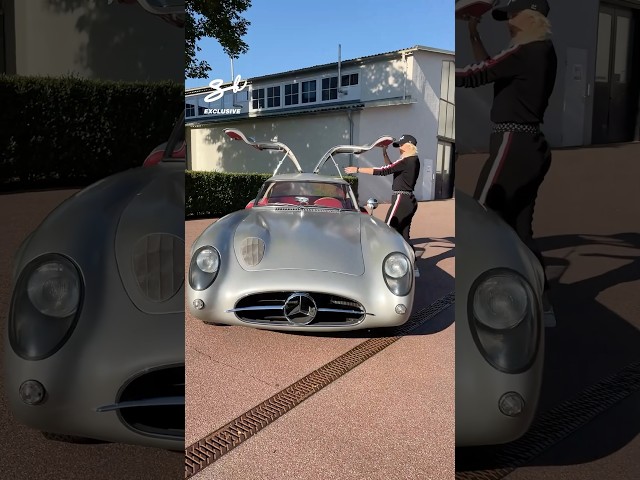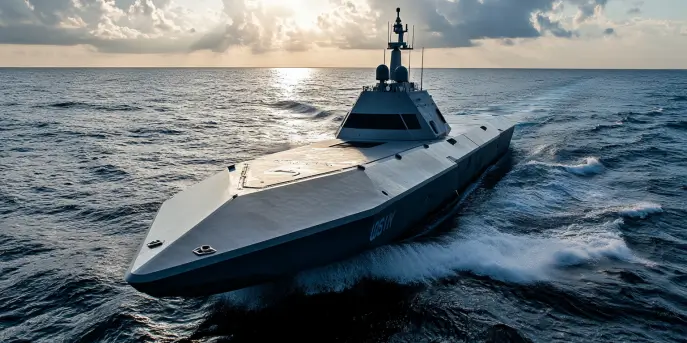The use of suppressors in firearms has become increasingly popular among both professional operators and civilian enthusiasts. When it comes to the 5.56mm caliber firearms, the demand for compact and efficient suppressors is exceptionally high, mainly due to the need for maneuverability, portability, and discretion. These small yet powerful devices effectively reduce the sound signature of gunfire, making them indispensable for tactical operations and recreational shooting alike.
The Quest for Compact Suppressors
In the world of suppressors, size does matter, particularly when it comes to balancing effectiveness with portability. A smaller suppressor for a 5.56 firearm provides several advantages such as reduced weight, increased maneuverability, and easier handling during operations. But how do these compact suppressors measure up in terms of performance?
Advantages of Smaller Suppressors
One of the primary benefits of a compact suppressor is the improvement in handling and portability. In high-stakes environments, the ability to move swiftly without the encumbrance of a larger, heavier suppressor can make a significant difference. Furthermore, smaller suppressors typically exert less stress on the firearm’s barrel and impact the weapon’s balance less, contributing to better accuracy and reliability in firing.
Key Features to Consider
When selecting the smallest 5.56 suppressor, it’s essential to consider several key features to ensure it meets your specific needs:
- Sound Reduction: Despite their reduced size, these suppressors should offer effective sound attenuation.
- Durability: Materials like stainless steel, titanium, or advanced alloys are often used to enhance strength and longevity.
- Mounting System: Quick-attach or direct-thread options can influence ease of use and security.
- Weight: A balance must be struck between lightweight construction and durable materials.
Comparing Top Models
The market offers a range of compact suppressors for the 5.56 caliber, each with its unique set of specifications. Here is a comparison of some of the standout models:
| Model | Length | Weight | Material | Sound Reduction |
|---|---|---|---|---|
| Model A | 4.5 inches | 12 oz | Titanium | 32 dB |
| Model B | 5 inches | 14 oz | Stainless Steel | 30 dB |
| Model C | 4.7 inches | 11 oz | Aluminum Alloy | 28 dB |
As the table illustrates, each model presents trade-offs between weight, sound reduction, and build material. Evaluating these factors will help potential buyers align their choice with their operational needs and preferences.
Consideration for Civilian Use
For civilians who wish to engage in recreational shooting or hunting with a suppressed firearm, the understanding of local regulations is paramount. Depending on the jurisdiction, acquiring a suppressor might require specific permits or compliance with legal standards. It’s advisable to thoroughly research the applicable laws in your area before proceeding with a purchase.
In addition to legal considerations, the choice of a suppressor for civilian use often depends on the intended application. Whether it’s for reducing noise pollution in residential areas, improving accuracy for sport shooting, or enhancing hunting techniques by reducing noise that could startle game, a compact 5.56 suppressor offers versatility and utility.
Installation and Maintenance
Proper installation and maintenance are critical to ensure the optimal performance of a suppressor. When mounting a suppressor, it’s crucial to follow the manufacturer’s instructions to prevent misalignment, which could lead to baffle strikes or inefficient performance. Regular cleaning and maintenance are essential to prolong the lifespan of the suppressor and sustain its performance over time.
Users should periodically disassemble their suppressor, if the design permits, to clean residue build-up from carbon and lead. Utilizing appropriate cleaning solvents and tools can help maintain functionality and prevent corrosion, especially in suppressors made from materials more susceptible to oxidative damage.
Future of Suppressor Technology
The future holds promising advancements in suppressor technology, such as materials that offer better heat dissipation, further reductions in length and weight, and even quieter performance. Innovations in baffle design and new materials stand to continuously revolutionize the suppressor industry, making these devices even more appealing to professionals and hobbyists alike. As technology progresses, we can expect suppressors to become even more efficient, offering greater benefits without compromising on size and stealth.
